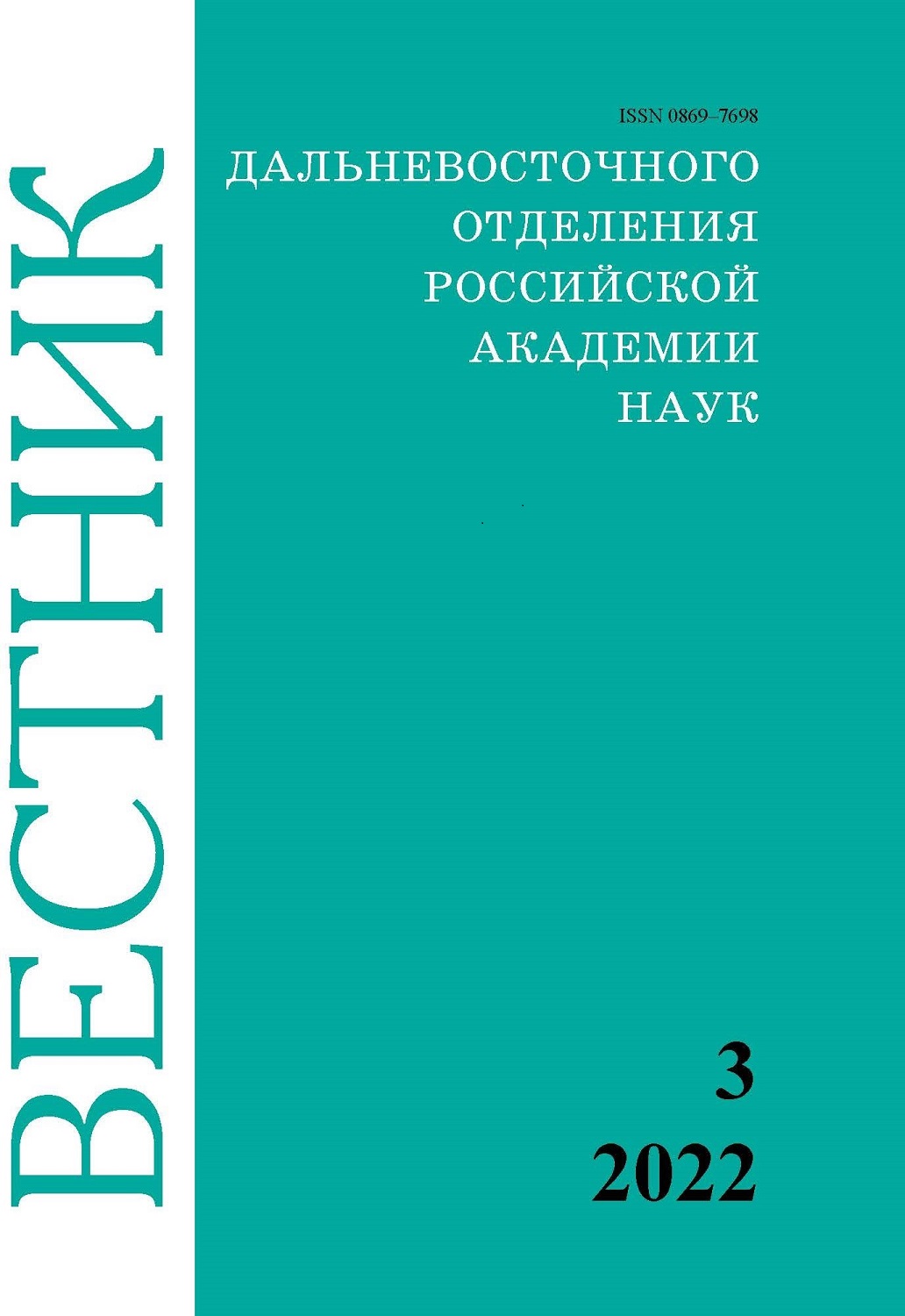Changes in the content of the primary macronutrients as an afteraction of different fertilizer management strategies in a long-term stationary agrochemical experiment
Keywords:
fertilizer management, agricultural lime, manure, crop rotation, phosphorus, potassium, humus, agrochemical stationary experimentAbstract
This article presents an analysis of changes in the main components of fertility in bleached meadow-brown soils during nine crop rotations. This long-term agrochemical experiment was set up in 1941. Over its course, different fertilizer management strategies were employed. The most favorable phosphate regime of soil was discovered to form when the following management strategies were used: complex strategies with a single and a double dose of NPK and a strategy with the mineral treatment N2P2K2. A decrease in the amount of phosphorus was observed in all fertilizer management strategies after the cessation of fertilizer application. The amount of mobile phosphorus decreased in a complex management strategy M + L + 2NPK and in the strategy with the mineral treatment N2P2K2 from the 7th to the 8th crop rotation by 8 % and 27.5 %, respectively, and from the 8th to 9th crop rotation by 56 % and 65.5 %, respectively. The use of different fertilizer management strategies had a beneficial effect on the amount of exchangeable potassium in soil until the 4th crop rotation. In the following years, the amount of exchangeable potassium was decreasing in all strategies and in the control variant. By the beginning of the 9th crop rotation, it reached the lowest values ever recorded in this experiment (122–152 mg/kg). The conducted research identified a significant reduction in the humus content in all fertilizer management strategies over the course of nine crop rotations. 87 tons of humus per hectare were lost in the control variant over the 71-year period of the experiment (1.2 t/ha per year). The soil, which was characterized by a high humus content in the beginning of the experiment, became moderately fertile. Before the experiment was set up, the soil was slightly acidic. The highest soil acidity was detected in the strategy with the mineral treatment and in the control variant. Application of agricultural lime resulted in a decrease in the soil acidity. The soil was close to neutral pH by the beginning of the 9th crop rotation.


